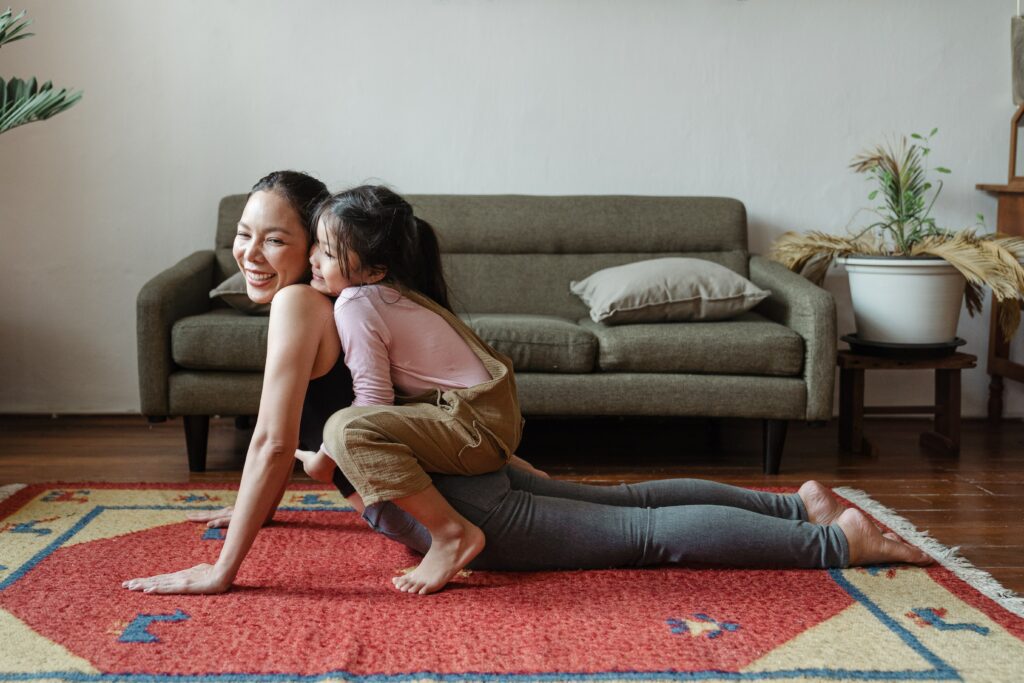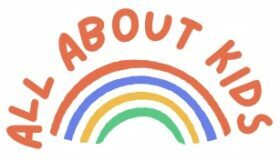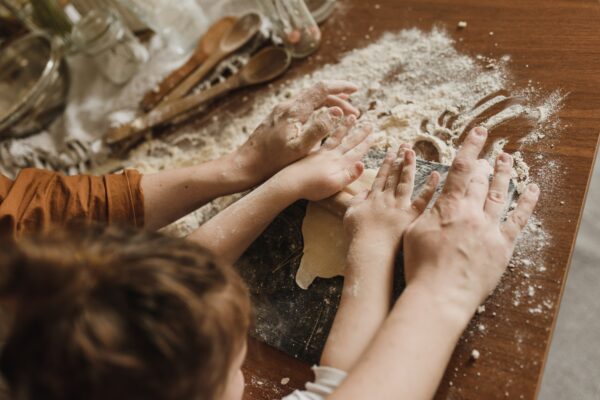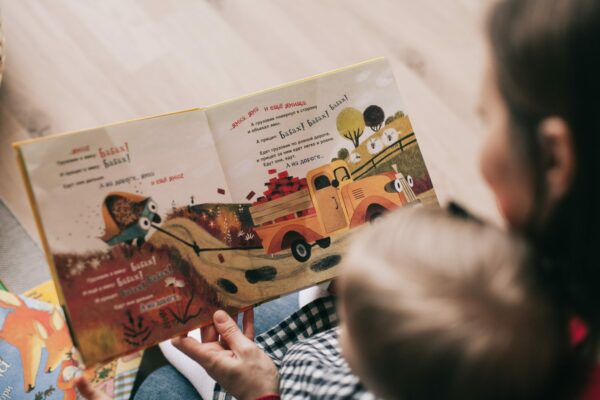8 hugs per day keep the doctor away. World-renowned family therapist Virginia Satir says everyone needs a minimum of 8 hugs daily. But did you know that children actually need more hugs than adults do? That’s right – those little ones thrive on physical affection and the warmth of a loving embrace.
Hugging your child not only feels good, but also has numerous benefits for their overall development, and both parent’s and child’s well-being. It creates a strong bond between parent and child, nurtures their emotional health, and even promotes physical growth. So get ready to cuddle up and discover the importance of hugging for your child.
The Science Behind Hugging
Aside from the emotional benefits of hugging your child, it also has a scientific basis that supports its positive effects on bonding and mood.
Oxytocin release: When you hug your child, it triggers the release of oxytocin, also known as the “love hormone.” Oxytocin is associated with feelings of trust, safety, and love, creating a strong bond between you and your child.
Bonding and attachment: Bonds are strengthened between you and your child when you share a hug. The release of oxytocin during a hug promotes feelings of closeness and connection, creating a secure attachment between parent and child.
Mood enhancement: The release of oxytocin during a hug can also improve mood and reduce stress. It provides a sense of comfort and security, reducing feelings of anxiety and promoting a sense of well-being.

www.pexels.com
Impact of hugging on brain development and emotional well-being
Brain development: Hugging provides essential sensory stimulation that young brains need for normal growth and development. It helps promote healthy cognitive functioning and enhances brain plasticity. Studies showed infants in orphanages who were rarely held had cognitive impairments, but when they were held for just 20 minutes a day for 10 weeks, their brain development improved.
Emotional regulation: Children learn to regulate their emotions from your hugs. When a child is upset or experiencing intense emotions, a warm hug can provide comfort and support, helping them calm down and regain control.
Resilience and stress reduction: Oxytocin is released when you hug, which helps lower stress hormone levels in the body. This can contribute to greater emotional resilience, improved mental health, and a reduced risk of physical and mental health issues later in life.
We need 4 hugs a day for survival. We need 8 hugs a day for maintenance. We need 12 hugs a day for growth.
Virginia Satir, American Author and Psychotherapist
Factors that Influence the Number of Hugs
It is crucial to note that the need for hugs can vary depending on several factors:
- Age: Younger children generally seek more hugs than older children. As children grow older, their need for physical affection may change.
- Individual Preferences: Each child has unique preferences when it comes to physical affection. Some children may have a greater desire for hugs, while others may prefer other forms of affection.
Boys need hugs just as much as girls do, but everyone is different. Be attuned to your child’s individual needs and preferences, and respect their boundaries regarding physical affection. Communication and understanding are key to creating a loving and supportive environment for children.
Benefits of Daily Hugs
Creating a sense of safety and security
Daily hugs can help create a sense of safety and security in children. The nurturing touch of a hug assures them that they are accepted, loved and cherished by their parents. It reassures them that regardless of what obstacles they may face, they have an anchor they can always depend on.
Boosting confidence and self-esteem
Regular hugs can boost a child’s confidence and self-esteem. When parents consistently give their children hugs, it reinforces their sense of self-worth and positive mindset. This association of self-worth stays with them throughout their lives, helping them believe in themselves and their abilities.
Teaching empathy and love for others
Hugging promotes empathy and teaches children about the importance of love and care for others. By experiencing the exchange of energy and emotions through a hug, children develop an understanding of how others might be feeling. This helps them cultivate empathy and a compassionate attitude towards others.
Promoting happiness and emotional well-being
The power of a hug extends to promoting happiness and emotional well-being. Physical contact, such as hugging, releases oxytocin, also known as the “love hormone.” Oxytocin reduces anxiety and depression, leading to a better mood and overall emotional well-being for both children and parents.
So, remember to shower your little and big ones with love and affection through hugs, because they need it more than we realize.

www.pexels.com
How to Foster a Hugging Culture
Parents play a crucial role in fostering a hugging culture within their family. By encouraging open communication and emotional expression, they can create an environment where hugs and physical affection are valued.
Encouraging open communication:
- Create a safe and non-judgmental space where children feel comfortable sharing their thoughts and emotions.
- Actively listen to your child and validate their feelings, showing them that their experiences and emotions are important.
- Foster a culture of empathy and understanding, teaching children to be sensitive to the emotions of others.
Promoting emotional expression:
- Encourage children to express their emotions in a healthy and constructive manner, whether through words, art, or play.
- Teach children about different emotions and how to identify and manage them effectively.
- Model emotional expression by openly sharing your feelings and demonstrating healthy coping strategies.
By creating a supportive and nurturing environment, parents can help their children develop emotional intelligence and build strong, loving relationships through hugs and physical affection.
Impact of Hugs on Parent-Child Relationship
Strengthening the bond between parent and child
Emotional connection: Hugging provides a sense of emotional connection and intimacy between parent and child. It helps in building trust and a secure attachment, which is essential for healthy child development.
Expressing love and affection: It is a tangible way for parents to express their love and affection towards their child. It communicates warmth, care, and support, creating a safe and nurturing environment.
Building a sense of security: Children feel safe, loved, and protected when they are being held. It provides them with a sense of security and stability, which is crucial for their overall well-being.
Promoting positive communication: A simple hug encourages open and positive communication between parent and child. It creates a safe space for them to express their feelings, thoughts, and emotions, fostering a healthy parent-child relationship.
Enhancing emotional regulation: Hugs have a calming effect on both the parent and child. It helps in regulating emotions, reducing stress, and promoting emotional well-being. During challenging or stressful situations, hugs can be particularly beneficial.
Creating lasting memories: The act of hugging creates lasting memories for both parent and child. It forms a part of their shared experiences and strengthens their bond over time.
Regular and meaningful hugs play a significant role in children’s development and well-being. It’s like a superpower that only parents possess – the ability to make everything better with only a hug.

www.pexels.com
So, how many hugs should your child be receiving?
There is no definitive answer, as every child is unique. Some may thrive on numerous physical displays of affection, while others may prefer fewer. The secret is to stay in tune with your child’s needs and cues. Notice how they respond to hugs – do they lean in or draw away? Adjust your hugging style accordingly to make certain you are meeting your child’s individual requirements.
Beyond hugs, there are many more ways to show your child you love them. Kind words, quality time, and acts of service all have the power to express your affections. Whatever the form, be sure to let your child understand that they are loved unconditionally. Whether it’s a cuddle, a kind word, or a small gesture, let your child know they are treasured and appreciated.
No matter the age, both you and your child will benefit from the many hugs you share together. After all, love is what fuels the world!





